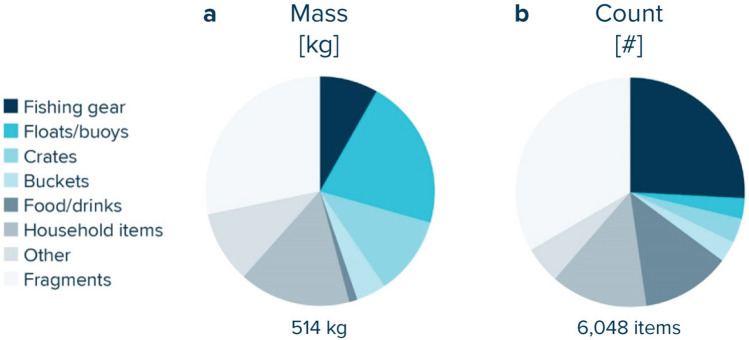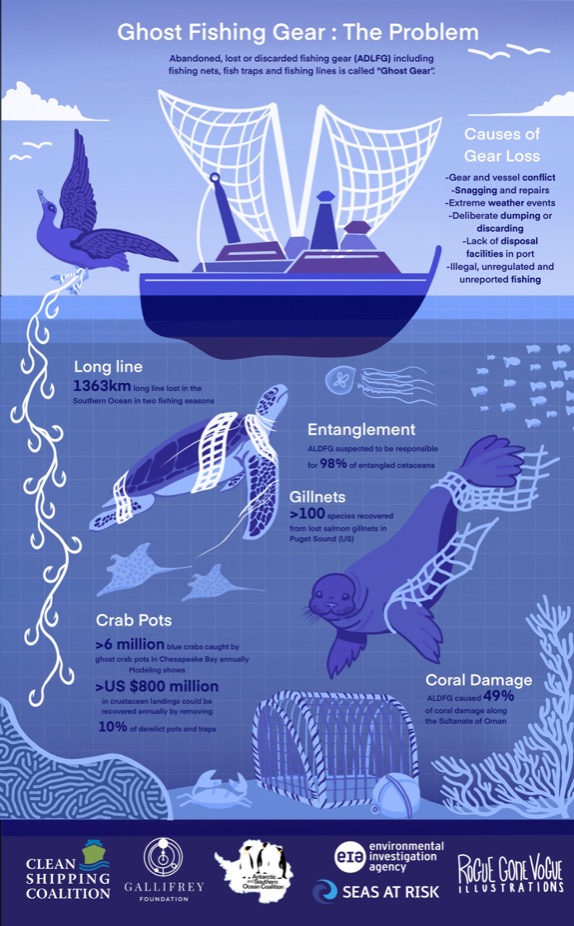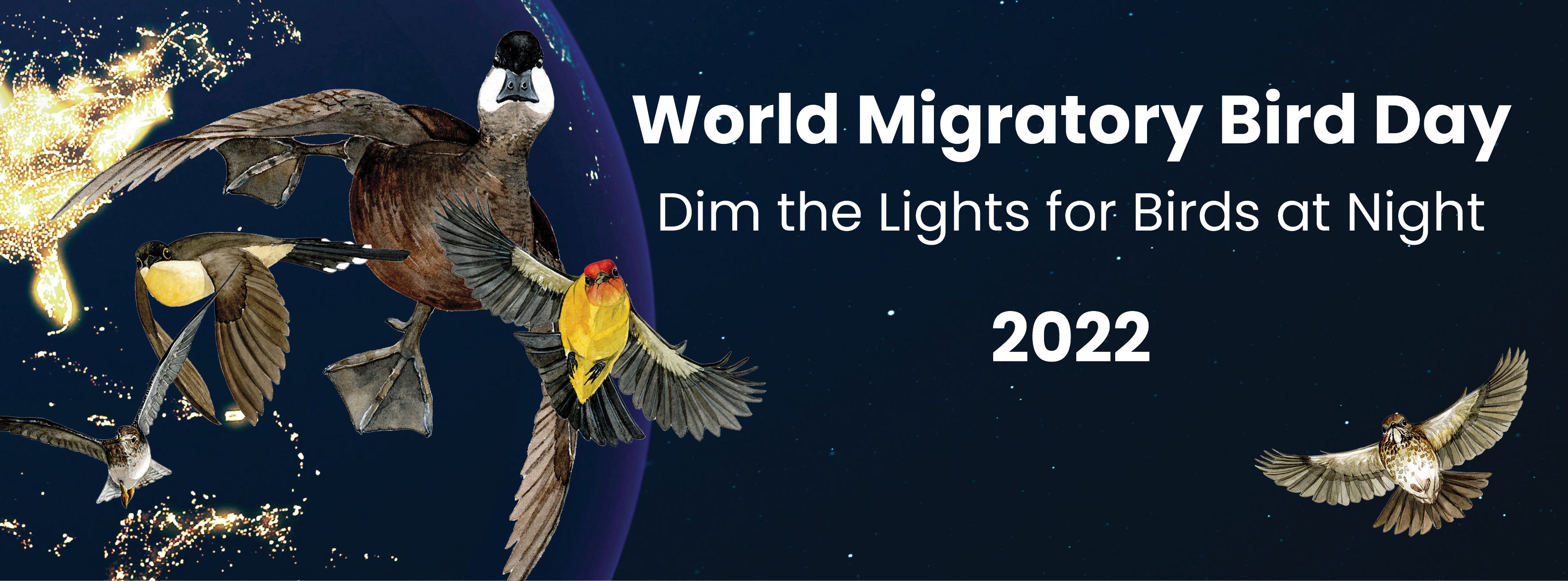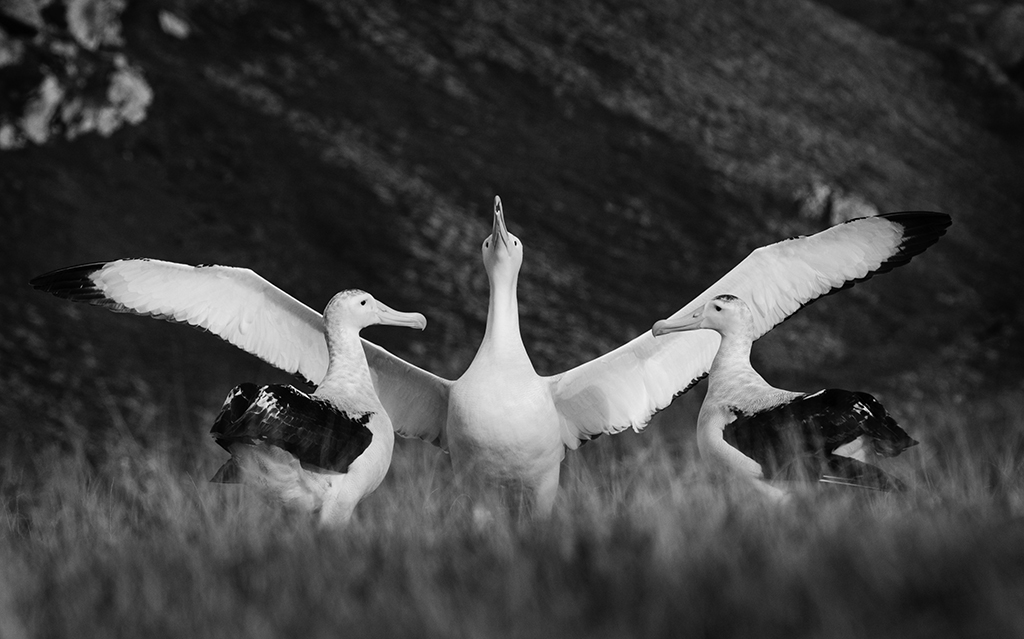 A still from an Australian Government's Department of Climate Change, Energy, the Environment and Water animation raising awareness of the imapcts of light pollution by Redboat Animation and Video (animation below)
A still from an Australian Government's Department of Climate Change, Energy, the Environment and Water animation raising awareness of the imapcts of light pollution by Redboat Animation and Video (animation below)
World Migratory Bird Day (WMBD) celebrations took place on October 8 with events highlighting this year’s theme of Light Pollution held across the world. In the lead up to the event, World Migratory Bird Day held two webinars, “Overview of Light Pollution Impact” and “Solutions and Policies to tackle Light Pollution”, which are now available to watch online. The webinars are available in both English and Spanish at the Environment for the Americas YouTube channel.
Speakers over the two days included:
- Dr. Travis Longcore, Associate Adjunct Professor at the UCLA Institute of the Environment and Sustainability
- Dr. Jeffrey Buler, Associate Professor of Wildlife Ecology at the University of Delaware
- Judy Pollock, president of Chicago Audubon Society
- Caesar San Miguel, Senior Policy Officer at the Department of Climate Change, Energy, the Environment and Water of the Australian Government
- Ivo Tejeda, Director of the Network of the Red de Observadores de Aves y Vida Silvestre
- Marco Barbieri, Scientific and Technical Officer at the Convention on Migratory Species (CMS)
An enormous diversity of birds, active both nocturnally and diurnally, experience impacts of light pollution. Seabirds such as petrels and shearwaters commonly get drawn into hazardous situations on land and on ships by artificial light sources. Solutions addressing the impact of light pollution are available and being implemented by governments, companies and communities across the globe. Internationally agreed guidelines on light pollution covering marine turtles, seabirds and migratory shorebirds already exist and have been endorsed by the Parties to the Convention on Migratory Species (CMS). Encouragingly, new international guidelines focusing on migratory landbirds and bats are currently being developed under CMS and will be presented to CMS Parties for adoption at the 14th Conference of the Parties to CMS in 2023.
The webinars were presented in partnership with the Convention of Migratory Species (CMS), Environment for the Americas (EFTA), the Agreement on the Conservation of African-Eurasian Migratory Waterbirds (AEWA) and the East Asian-Australasian Flyway Partnership (EAAFP).
The Australian Government's Department of Climate Change, Energy, the Environment and Water's website has a range of resources and information on light pollution including tips to reduce its impacts on wildlife. Visit the website here to discover more information and how you can help.
Video courtesy of the Australian Government - Department of Climate Change, Energy, the Environment and Water
12 October 2022

 English
English  Français
Français  Español
Español 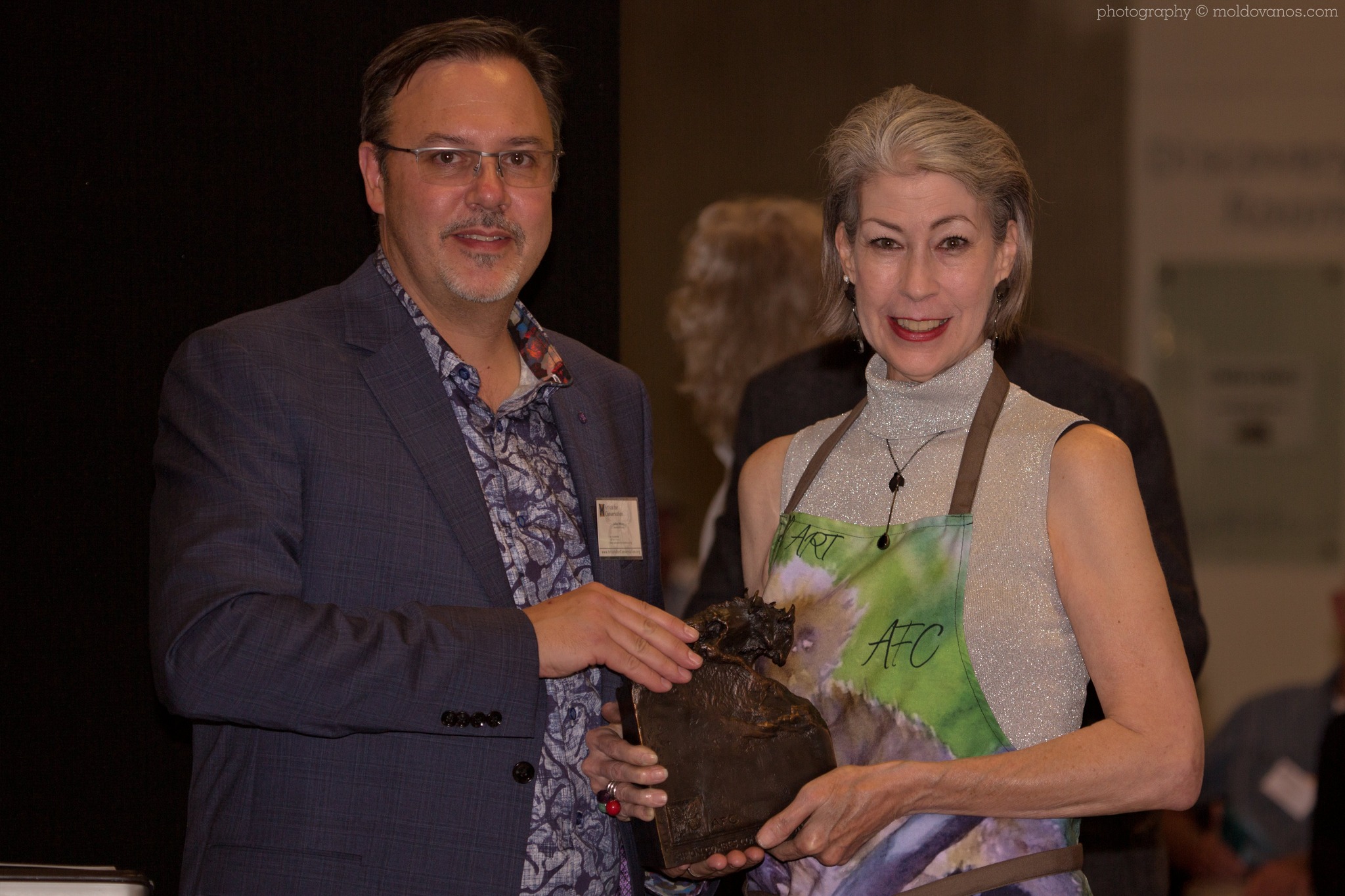
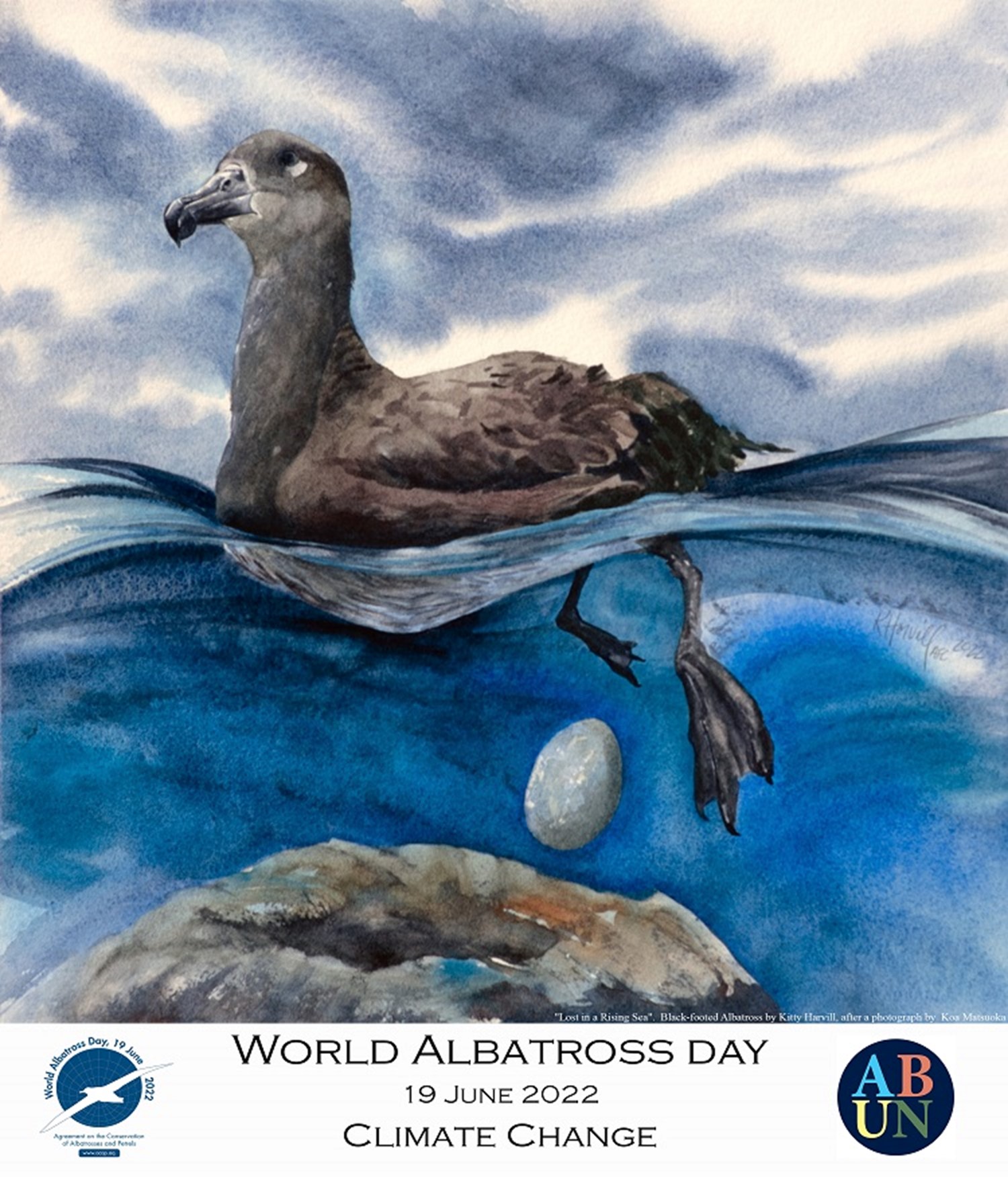




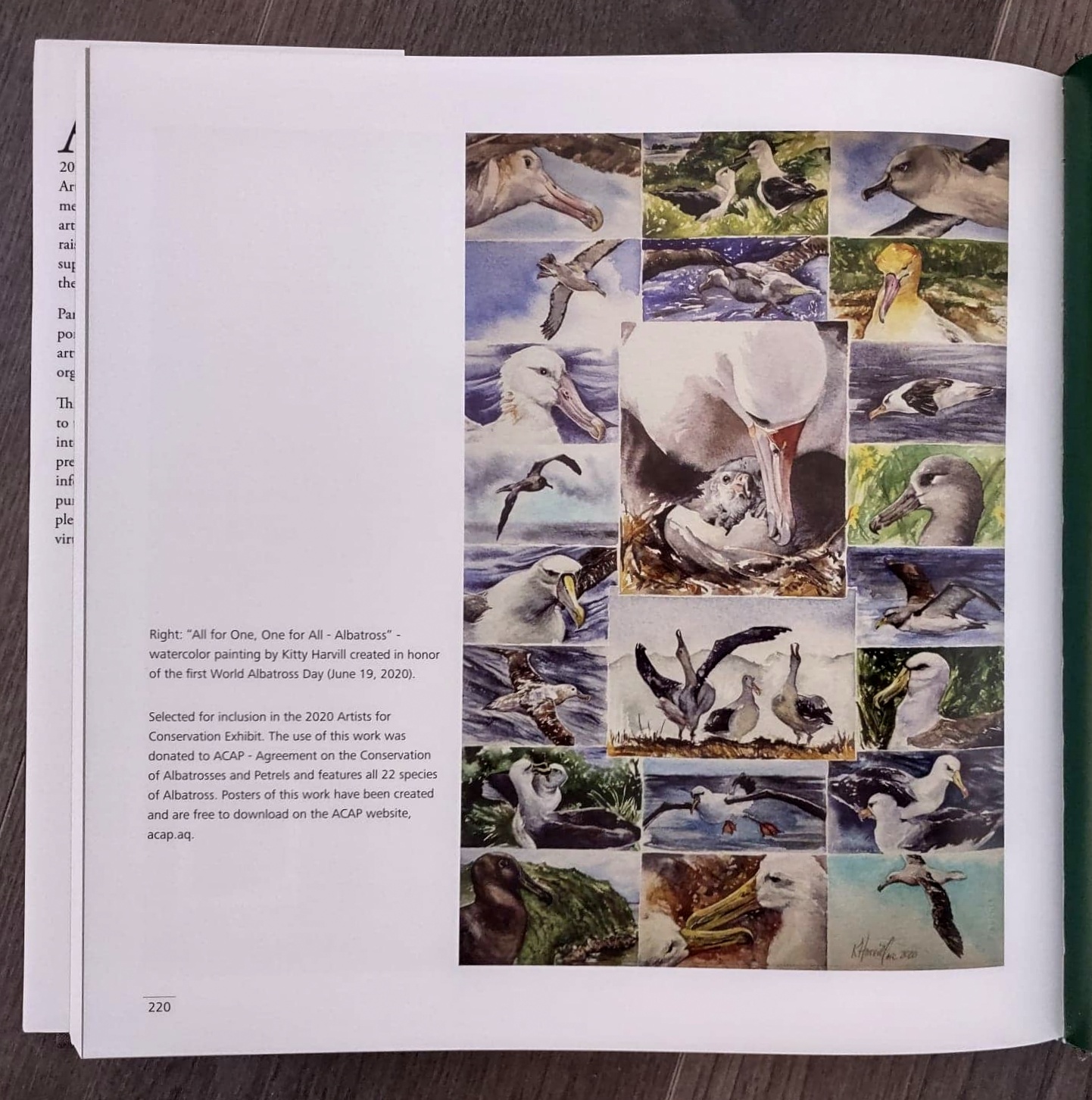
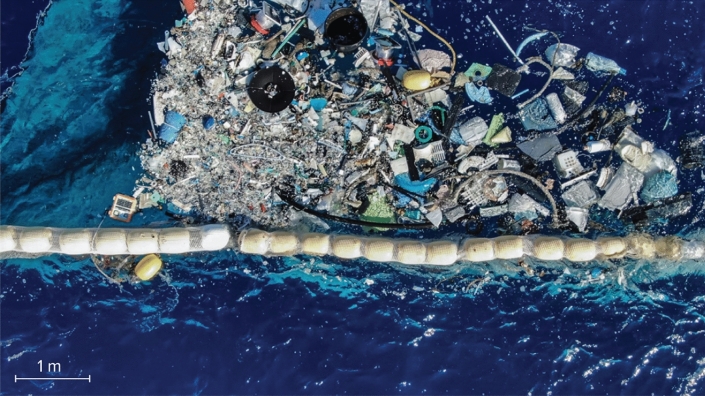 Offshore tests for the recovery of floating plastics conducted by The Ocean Cleanup in the North Pacific Garbage Patch in 2019; photograph by Fedde Poppenk
Offshore tests for the recovery of floating plastics conducted by The Ocean Cleanup in the North Pacific Garbage Patch in 2019; photograph by Fedde Poppenk